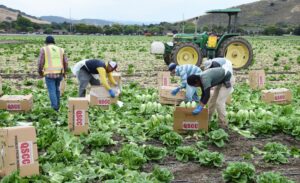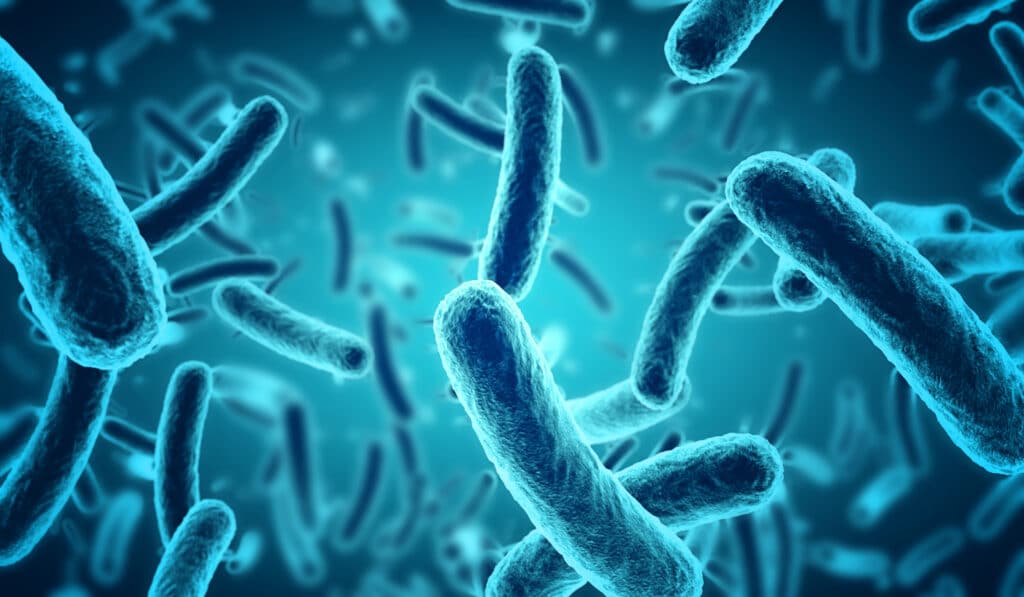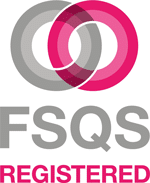Recall Prevention
Shiga toxin-producing E. coli (STEC) is a critical concern in the food industry, known for causing severe foodborne illnesses and product recalls. While the E. coli O157 strain is likely the most recognised, it’s important to note that many other STEC serogroups also present significant risks. Familiarity with the diversity and complexity of these pathogens and their regional prevalence is essential for effective prevention and recall management.
The Science Behind STEC: Beyond E. coli O157
STEC is a group of E. coli bacteria producing Shiga toxins, which can lead to serious illness in humans. While E. coli O157 is the most infamous, several other serogroups—O26, O45, O103, O111, O121, and O145—also pose risks. Known in the US as the “Top Seven” and in the EU and UK as the “Top Six,” these serogroups are frequently implicated in outbreaks, indicating their health impact[1],[2].
Mechanisms of Shiga Toxin Production
The capacity for Shiga toxin production in STEC strains is tied to the presence of the stx1 and stx2 genes. These genes enable the production of toxins that can damage the gut lining, causing symptoms like bloody diarrhoea and, in severe cases, haemolytic uremic syndrome (HUS). The expression of these genes varies, influenced by environmental factors in the gut and genetic regulation within the bacteria[3].

Environmental conditions such as the presence of iron or immune responses can influence toxin expression. Additionally, the eae gene, which codes for the intimin protein, enables some STEC strains to adhere to the gut wall, potentially leading to severe disease[4].
Prevalence and Regional Variations in STEC
The prevalence of STEC serogroups varies by region due to factors like food production, agricultural practices, hygiene and regulatory standards.
United States: The US has rigorous monitoring of STEC in beef, testing the “Top Seven” serogroups. While O157 is common, non-O157 strains contribute to a significant portion of STEC infections[5].
European Union and United Kingdom: The EU and UK focus on the “Top Six” serogroups, excluding O45 but including O104, which caused a major outbreak in Germany in 2011. In the UK, there has been an increase in O26 and O103 cases[6].
Prevalence Data: E. coli O157 has historically been dominant, but data from the CDC show that non-O157 infections represent around 20-50% of STEC cases in the US[7]. In the EU, EFSA reports a similar trend, with O26 being particularly prominent[8].
Sources and Transmission of STEC

Origin: STEC is commonly associated with the intestinal tracts of ruminant animals, especially cattle, and can be introduced to the food supply through contact with animal faeces or contaminated water[9].
Pathways into Food: Contamination can occur during food processing (e.g., beef), through water used in crop irrigation, or from poor sanitation practices. Cross-contamination is also possible in food facilities where contaminated surfaces or equipment come into contact with different food items[10].
High-Risk Foods: Beef products, leafy greens, dairy, and ready-to-eat meals are especially vulnerable due to frequent handling or direct exposure to contamination sources.
Recent STEC-Related Recalls: Lessons Learned?
Recent recalls underscore STEC’s ongoing threat such as the following, publicly available examples:
- Cheese (UK, December 2023): This recall involved a non-O157 STEC strain, highlighting the need for rigorous testing and hygiene in dairy.
- Prepackaged Sandwiches and Salads (UK, June 2024): This recall illustrated the vulnerability in complex supply chains and the importance of supplier verification.
- Ground Beef (US, April 2024): Multiple STEC strains led to a beef recall by USDA due to ‘possible’ contamination, underscoring the need for robust monitoring in meat processing.
- A recent E. coli O157 outbreak in the U.S. was reported by the CDC as being possibly linked to McDonald’s Quarter Pounder burgers. The CDC state that there have been 75 cases, with over 20 hospitalizations and one fatality. Multiple agencies are investigating the outbreak and working with McDonald’s to identify the source, with initial suspicions pointing to slivered onions used in some burgers. McDonald’s acted quickly to stop the sale of the suspected product and the onion supplier initiated a recall demonstrating effective response and collaboration from the food service retailer, the supplier, the CDC and other agencies.[11]
These cases remind us that STEC contamination affects diverse products, including dairy, meat, and ready-to-eat meals, emphasizing the importance of effective recall management to safeguard public health and maintain brand trust.
Implications for Food Safety and Recall Management
So, as we can see. the diversity of STEC strains and their complex toxin production mechanisms present challenges for all sorts of food manufacturers. A contamination event can involve multiple strains, each posing different risks, making robust monitoring essential. We would advise you consider reviewing practises within the following critical control measures:
On-Site Process Reviews and Support: identify contamination points within your production process, focusing on hygiene practices, ingredient sourcing, and workflows to reduce STEC risk.
Interpreting Complex Test Results: STEC test results require a nuanced approach. A positive test for Shiga toxin genes doesn’t always indicate an immediate threat, but careful analysis can determine appropriate actions. Make sure you have trained and competent people that are able to interpret and utilise results especially in a crisis situation.
Effective Recall Management: If contamination occurs, swift recall management is essential. Make sure you are well versed, your systems are robust and pressure tested. Remember, the goal is to mitigate business impact and protect public health.
[1] About Escherichia coli Infection | E. coli infection | CDC
[2] The European Union One Health 2022 Zoonoses Report | EFSA
[3] BAM Chapter 4A: Diarrheagenic Escherichia coli | FDA
[4] Paton JC, Paton AW. Pathogenesis and diagnosis of Shiga toxin-producing Escherichia coli infections. Clin Microbiol Rev. 1998 Jul;11(3):450-79. doi: 10.1128/CMR.11.3.450. PMID: 9665978; PMCID: PMC88891.
[5] Data Summary: REPEXH01 E. coli O157:H7 | E. coli infection | CDC
[6] Pathogenicity assessment of Shiga toxin‐producing Escherichia coli (STEC) and the public health risk posed by contamination of food with STEC – – 2020 – EFSA Journal – Wiley Online Library
[7] Risk Factors for Non-O157 Shiga Toxin–Producing Escherichia coli Infections, United States – Volume 29, Number 6—June 2023 – Emerging Infectious Diseases journal – CDC
[8] STEC infection Annual Epidemiological Report 2022
[10] Good Manufacturing Practices for the 21st Century for Food Processing (2004 Study) Section 2: Literature Review of Common Food Safety Problems and Applicable Controls | FDA
[11] E. coli Outbreak Linked to McDonald’s Quarter Pounders | E. coli infection | CDC
Get proactive in the fight against STEC and other microbiological contaminants with:
- Reviews of your HACCP and Food Safety Plans
- Micro Result Interpretation Training
- Product Recall Training & Simulations
If you want to learn more about how RQA Group can help support your business to understand and combat microbial risks like STEC contamination, get in touch.



